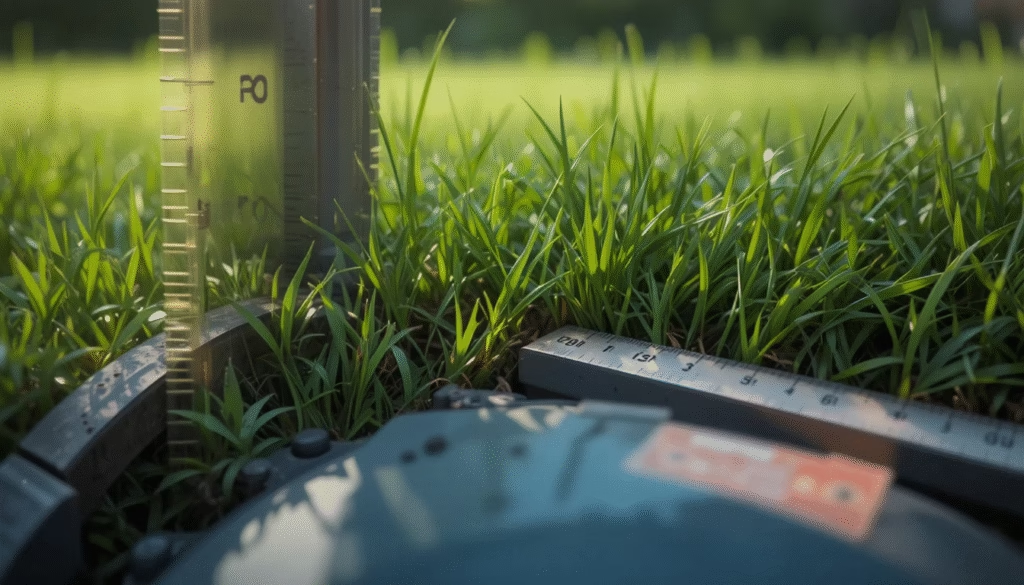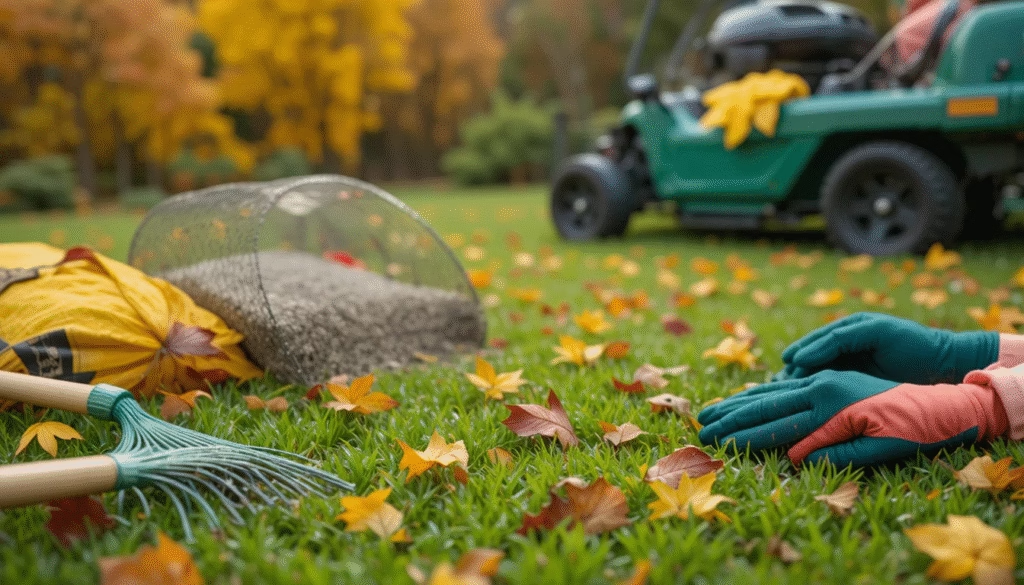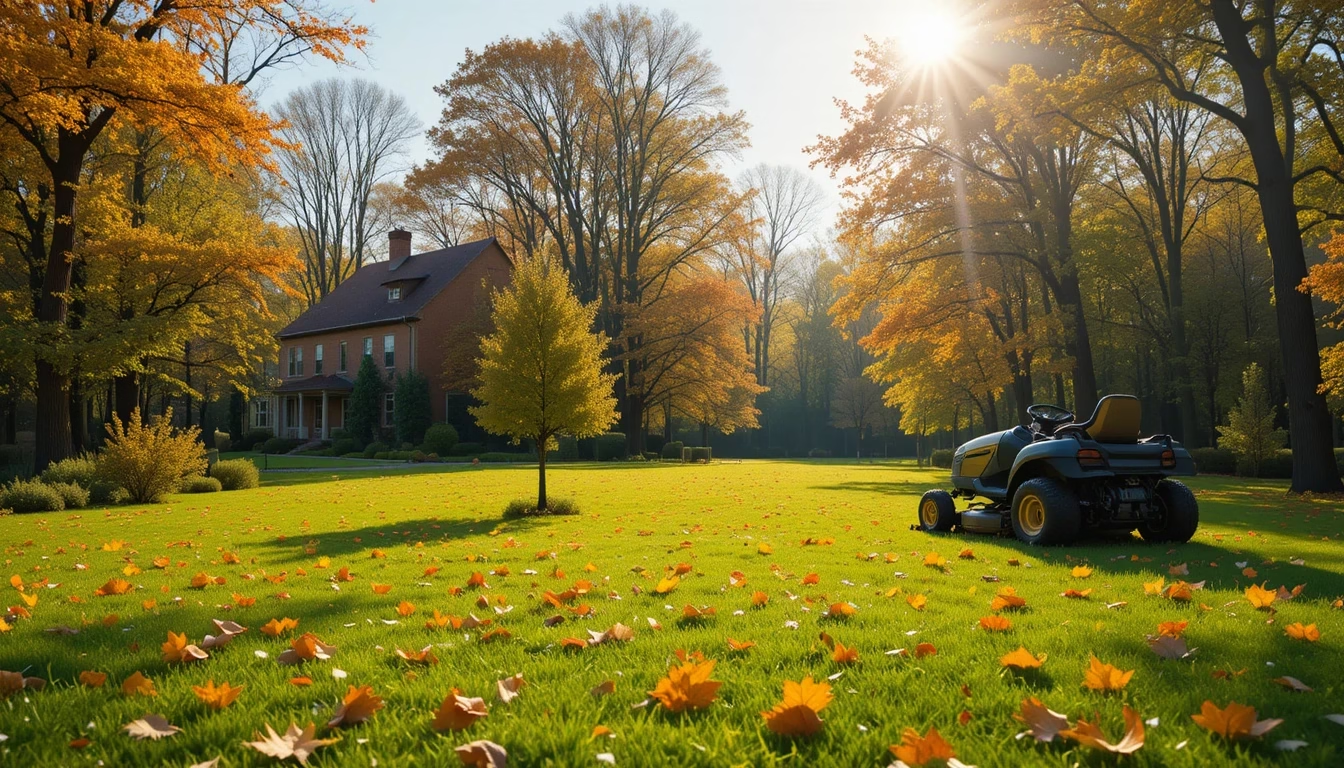As fall paints your yard with golden leaves and cooler air, the rhythm of lawn care shifts, stirring a mix of nostalgia for summer’s green and anticipation for a lush spring. Knowing when to park the mower is crucial to keep your lawn healthy through winter dormancy, much like tending yellow bells shrubs or perennials part sun for a vibrant comeback. Mowing too late or too short can stress your grass, leaving it vulnerable to pests and disease, like spider mites on a sting ray plant. This guide, infused with gardening keywords like neem oil and white kitchen with black hardware, shares expert insights on the best time to stop mowing in fall and how to set your lawn up for success.
Why Fall Mowing Matters

Mowing isn’t just about a tidy yard that rivals lawn mowing patterns for curb appeal. It’s a labor of love that strengthens grass, promoting deep roots and nutrient absorption, like what does potassium do for lawns to boost vigor. Regular cuts prevent weeds from taking over, like do deer eat crocus nibbling your blooms, and reduce risks of insect damage or diseases, such as snow mold, that thrive in damp, matted grass. Proper fall mowing, akin to feng shui for bathroom colors for balance, ensures your lawn enters dormancy strong, ready to awaken as lush as cordyline green in spring.
The Ideal Time to Stop Mowing
The signal to stop mowing comes when grass growth slows significantly, typically when temperatures consistently dip below 50°F, around late October to early November in most USDA zones. This varies by region—warmer climates may extend mowing into early December, like planting winter rye grass for a late-season green. Watch your lawn: when blades barely grow between cuts, it’s ready to rest, like lima bean seedlings settling in for cooler days. Stopping at the right time prevents stress, ensuring your yard emerges vibrant, like flowers that start with s by a flowers by a pond.
Mowing Height: Get It Right
Maintain a mowing height of 2.5 to 3 inches throughout fall, as precise as shower valve height or true 2×6 dimensions for a rough door opening for 30 door. Cutting too short weakens grass, inviting pests like voles or diseases like snow mold, similar to black mastic ruining a hardwood floor bathroom. If your lawn is typically taller, lower it gradually to 3 inches before winter, like sizing a rug size for queen size bed for balance. This height protects roots during dormancy, like septic safe cleaners preserving a system’s health.

Risks of Mowing Too Late or Too Short
Mowing past dormancy—when grass stops growing—can leave clippings that mat down, trapping moisture and fostering mold or pests, like how long can mice go without food before they invade. Overly short cuts expose roots to cold, reducing spring vigor, as damaging as can you pour concrete in the winter without prep. Use diatomaceous earth to kill mites or repellents to deter voles, protecting your lawn like neem oil safeguards cherokee purple tomato growing from spider mites.
Preparing Your Lawn for Winter
Once mowing stops, shift focus to winter prep to ensure a strong spring:
- Rake Leaves Promptly: Clear fallen leaves to prevent smothering, like how to dispose of a microwave for a clean slate.
- Fertilize Lightly: Apply a fall fertilizer to boost root strength, like how do you add nitrogen to soil for lima bean seedlings.
- Overseed Bare Spots: Plant cool-season grass to fill patches, like planting winter rye grass for green coverage.
- Check Equipment: Store your mower cleanly, like electrical panel parts maintenance, to avoid load vs. line electrical issues.

Enhancing Your Yard’s Appeal
Pair your lawn care with thoughtful landscaping for a cohesive look. Plant perennials part sun like philo white princess or aglaonema tricolor pictum near your a frame log cabin for year-round beauty. Use neem oil to keep hanging orchid cactus pest-free, and consider florida beauty philodendron for shaded spots. These touches elevate your yard, like white kitchen with black hardware adds elegance indoors.
Conclusion
Stopping fall mowing at the right time—when growth slows below 50°F—sets your lawn up for a stunning spring, like monstera standleyana variegated thriving in a garden. Keep cuts at 2.5-3 inches, rake leaves, and prep for dormancy to protect against pests and disease. With these steps, your yard will awaken as vibrant as yellow bells shrub in a flowers by a pond scene, ready to shine with chrome or brushed nickel polish. Embrace the season’s shift, and your lawn will thank you come spring.


Leave a Reply